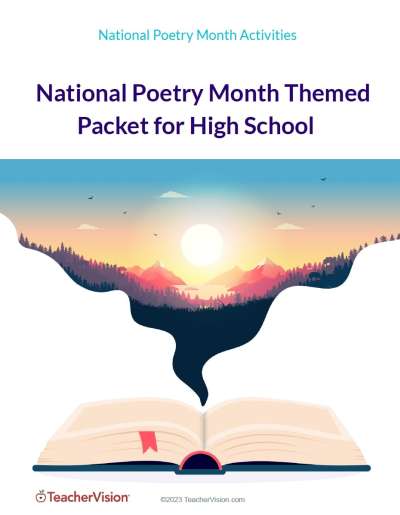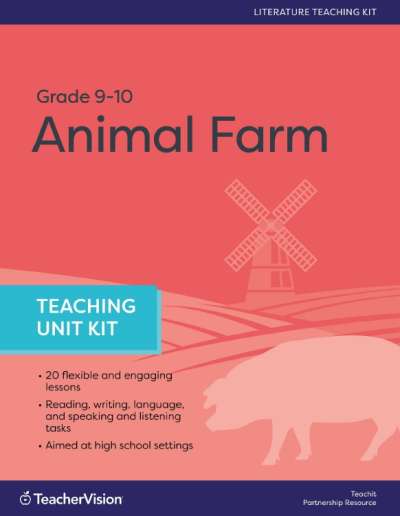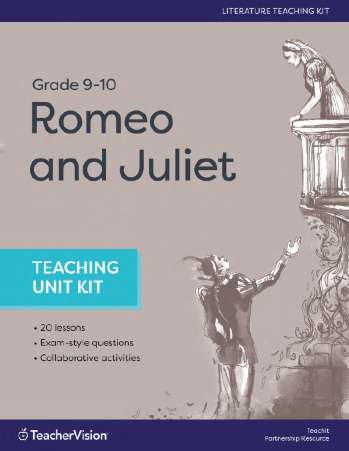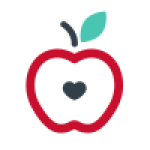Should you teach from a textbook? Or rely on other resources? Find the answer here
One of the most common resources in the classroom is the textbook; learn the advantages and disadvantages of this tool plus ways to integrate other resources into your teaching. New teachers will find this resource particularly valuable. Includes suggestions such as using the textbook as a guide for students, supplementing the textbook with outside readings, and more.Textbooks: Advantages and Disadvantages
As a new teacher visiting classrooms, you probably notice that most, if not all, of those classrooms use a standard textbook series. The reasons for this are many, depending on the design and focus of the curriculum, the mandates of the administration, and/or the level of expertise on the part of classroom teachers.
Using Textbooks in the Classroom
A textbook is a collection of the knowledge, concepts, and principles of a selected topic or course. It's usually written by one or more teachers, college professors, or education experts who are authorities in a specific field. Most textbooks are accompanied by teacher guides, which provide you with supplemental teaching materials, ideas, and activities to use throughout the academic year.
What Are the Advantages of Textbooks?
- Structured Information: Textbooks provide organized and structured information, which helps in guiding the teaching process in classrooms. They ensure that all necessary topics are covered systematically.
- Standardized Knowledge: They provide standardized knowledge as per the curriculum, ensuring that all students have access to the same content irrespective of the school or teacher.
- Resource for Homework and Revision: Textbooks can be used for homework assignments and are invaluable resources for revision, helping students prepare for tests and exams. They are also a great resource when there is no access to the internet.
- Teaching Aid: Textbooks are a great teaching aid, especially for new teachers. They provide teachers with a ready-made curriculum and lesson plans, allowing them to focus on their teaching methods and student interaction.
- Reliability: Textbooks are often written and reviewed by subject experts, ensuring the reliability and accuracy of the information. They are often based on the latest research and effective teaching strategies. This can be particularly beneficial for schools and teachers looking to maintain alignment with educational standards.
What Are the Disadvantages of Textbooks?
- Lack of Engagement: Textbooks, with their dry prose and dense information, can sometimes fail to engage students, especially if they don't connect the material to students' lives and interests.
- Outdated Information: Textbooks may contain outdated or incorrect information, especially in rapidly evolving fields. This can lead to misconceptions if not supplemented with up-to-date resources.
- Limited Perspectives: Textbooks often present a single perspective, limiting opportunities for critical thinking and discussing alternative viewpoints or interpretations.
- One-Size-Fits-All Approach: Not all students learn in the same way, but textbooks often adopt a one-size-fits-all approach. This can leave some students struggling if the textbook's style doesn't align with their preferred learning style.
- Dependence on Textbooks: Over-reliance on textbooks might hinder the development of teaching skills. Teachers may become less adept at creating their own lesson plans or adapting to new teaching methods and tools.
Are Textbooks Still Useful in the Digital Age?
In today's digital age, the relevance of textbooks is sometimes called into question. However, textbooks continue to hold significant value in the learning process. Here, we discuss six reasons textbooks still have a place in education despite the surge of digital resources.
- Structured Learning: Textbooks provide a systematic, comprehensive structure for learning a particular subject, offering a well-sequenced progression of topics. This is particularly valuable in subjects like math and science where concepts build on each other.
- Quality Control: Textbooks are usually written by subject matter experts and go through rigorous editorial and review processes, ensuring the accuracy and reliability of the information.
- Standardization: Textbooks allow teachers from different schools or even different states to have a common reference point for what students should learn at each grade level.
- Reduced Screen Time: With a significant part of learning happening online, textbooks offer a break from screen time. Reading from physical books can reduce digital eye strain and provide a different way to engage with learning.
- Accessibility: While the internet is widely available, not all students have steady, reliable access to online resources at home. Textbooks ensure that all students can access learning materials regardless of their internet situation.
- Study Skills: Textbooks can help students develop important skills like note-taking, highlighting, and summarizing. These skills are valuable for both academic and professional life.
Tips for Using Textbooks Wisely
A textbook is only as good as the teacher who uses it. And it's important to remember that a textbook is just one tool, perhaps a very important tool, in your teaching arsenal. Sometimes, teachers over-rely on textbooks and don't consider other aids or other materials for the classroom. Some teachers reject a textbook approach to learning because the textbook is outdated or insufficiently covers a topic or subject area.
As a teacher, you'll need to make many decisions, and one of those is how you want to use the textbook. As good as they may appear on the surface, textbooks do have some limitations. The following table lists some of the most common weaknesses of textbooks, along with ideas for overcoming those difficulties.
| Weakness | Difficulties for Students | Ways of Overcoming Difficulties |
| The textbook is designed as the sole source of information. | Students only see one perspective on a concept or issue. | Provide students with lots of information sources such as encyclopedias, library books, online reference material, search engines, YouTube etc. |
| The textbook is old or outdated. | Information shared with students is not current or relevant or in some cases is incorrect. | Use the textbook sparingly or supplement it with other materials both online and offline. |
| Textbook questions tend to be low-level or fact-based. | Students assume that learning is simply a collection of facts and figures. | Ask higher-level questions and provide creative thinking and problem-solving activities. |
| The textbook doesn't take students' background knowledge into account. | The teacher doesn’t tailor lessons to the specific attributes and interests of students. | Discover what students know about a topic before starting the unit or lesson. Design lessons based on that knowledge. |
| The reading level of the textbook is too difficult. | Students cannot read or understand important concepts. | Use lots of supplemental materials such as library books or online resources. |
| The textbook has all the answers to all the questions. | Students tend to see learning as an accumulation of correct answers. | Involve students in problem-solving activities, higher-level thinking questions, and extension activities. |
Think of a Textbook as a Tool
Remember, no textbook is perfect, and no textbook is complete. It is but one resource at your disposal. Use it as a blueprint, a guidebook, or an outline.
Do not make the mistake of basing your entire classroom curriculum on a single textbook. The textbook needs to be used judiciously. A carpenter, for example, doesn't use only a hammer to build a magnificent oak chest. She may use a plane, chisel, saw, sander, or any number of tools to create the masterpiece she wishes to build. A great classroom program, just like a great piece of furniture, needs many tools in its construction.
When thinking about how you want to use textbooks, consider the following:
- Use the textbook as a resource for students, but not the only resource.
- Use a textbook as a guide, not a mandate, for instruction.
- Be free to modify, change, eliminate, or add to the material in the textbook.
- Supplement the textbook with lots of outside readings.
- Supplement teacher information in the textbook with teacher resource books; attendance at local, regional, or national conferences; articles in professional periodicals; and conversations with experienced teachers.
















